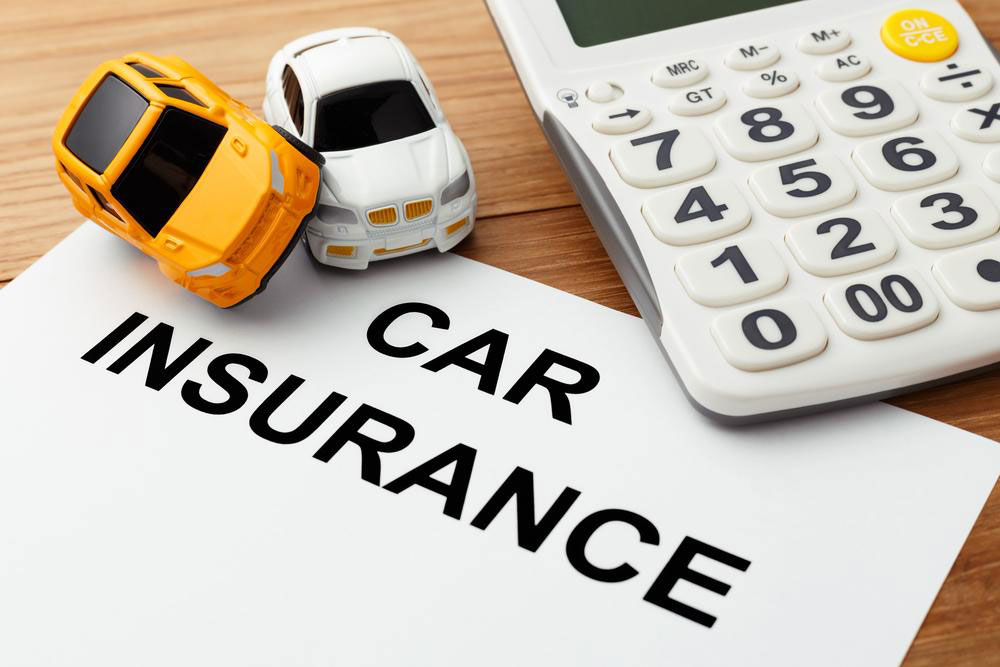Comprehensive Guide to Car Insurance Terminology for Better Understanding
This comprehensive guide dives into essential car insurance terminology, helping drivers understand key concepts like bodily injury liability, comprehensive coverage, deductibles, and more. By grasping these terms, drivers can select better policies, avoid misunderstandings, and enhance their safety and peace of mind while driving. The article emphasizes the importance of informed decision-making in auto insurance to ensure appropriate coverage tailored to individual needs, especially as vehicle usage increases globally.

Comprehensive Guide to Car Insurance Terminology for Better Understanding
Having a solid understanding of car insurance terminology is essential for drivers aiming to make informed decisions and ensure optimal coverage. Car insurance is more than just a legal requirement; it is a critical financial safety net that protects you against unforeseen incidents such as accidents, theft, or various damages. When dealing with different insurance providers and policies, familiarity with the key terms can significantly enhance your ability to select the most suitable plan and avoid potential misunderstandings. As vehicle usage continues to grow worldwide, prioritizing knowledge about your insurance policy is more important than ever.
Many drivers find themselves confused by the complex language used in insurance documents. To help simplify this, we have compiled an extensive overview of essential car insurance terms that everyone should know. This knowledge not only facilitates better communication with providers but also helps you understand the scope of your coverage, ensuring peace of mind on the road.
Bodily Injury Liability: This crucial component of auto insurance covers medical expenses, legal fees, and damages if you are at fault in an accident that injures another person—be it a driver, passenger, or pedestrian. Importantly, it does not cover your medical expenses.
Comprehensive Coverage: A vital part of a well-rounded policy, comprehensive coverage safeguards your vehicle against damages that are not caused by a collision. This includes events such as natural disasters, vandalism, theft, falling objects, and glass breakage. It is especially recommended for owners of new or valuable cars.
Personal Injury Protection (PIP): Also known as "no-fault" insurance in some states, PIP pays for medical treatments, rehabilitation, and sometimes lost wages for you and your passengers, regardless of who is at fault in an accident.
Courtesy Car or Replacement Vehicle: Some policies include a provision for a rental or courtesy car to ensure you're not stranded without transport after an accident or theft. However, this feature is often optional and must be explicitly included in your coverage.
Deductible: This is the amount you agree to pay out of pocket before your insurance coverage kicks in. Choosing a higher deductible generally lowers your premium but may increase your expenses during a claim.
Liability Coverage: Encompasses both bodily injury and property damage liability, providing protection if you are determined to be at fault for an accident causing injury or damage to others' property.
Gap Insurance: Particularly useful for new cars, gap insurance covers the difference between your car's actual cash value and the amount you owe on your loan or lease if the vehicle is totaled.
Uninsured/Underinsured Motorist Coverage: This coverage protects you in case you are involved in an accident with a driver who lacks sufficient insurance to cover damages or is uninsured altogether.
Exclusions and Limitations: These are specific situations or damages that your policy does not cover. Understanding these exclusions helps in making informed decisions when tailoring your policy.
A thorough grasp of these and other related terms empowers you to select the most appropriate insurance plan, tailor coverage to your specific needs, and navigate the claims process with confidence. Whether you own a new vehicle or a reliable family car, understanding your policy is the first step toward ensuring your safety and financial security on the road.




